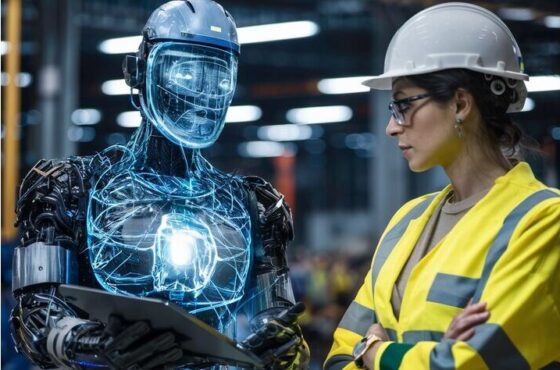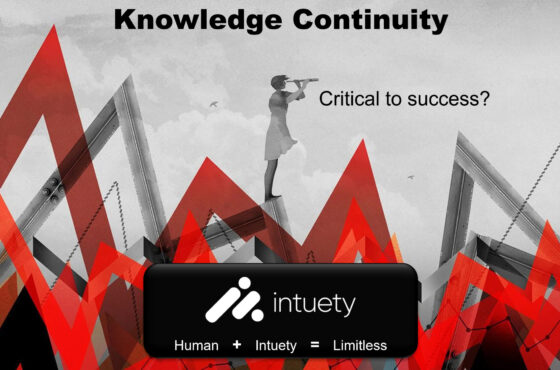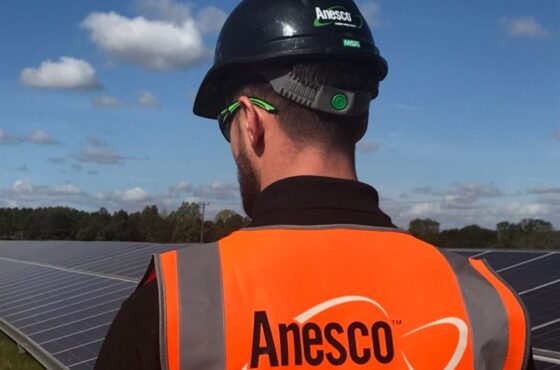AI is Being Handed the Keys to Workplace Safety – Are We Ready?
THE AUTHOR: TIM ABSOLOM – BUSINESS DEVELOPER, INTUETY
I spend a lot of time talking to experts and non-experts about AI, and it’s clear that businesses are rushing to capitalise on AI’s potential to transform workplace safety.
Solutions featuring advanced language models that can engage in dialogue about safety protocols and risks are all the rage.
But let’s slow down for a moment. Are these generalised AIs qualified to safeguard workers’ lives?
The current craze is bolting safety lenses or interfaces on Large Language Models (LLMs) like OpenAI’s ChatGPT or Google’s Gemini, which are trained on broad online data, not specialised safety knowledge. Sure, they’re versatile—but would you trust an AI’s judgement, which is the equivalent understanding of an enthusiastic intern when lives are at stake? These models risk giving dangerously inaccurate or incomplete guidance for nuanced industry scenarios.
It’s time we started choosing the right tool for the job. When we need a safety expert, choose an AI assistant trained like real safety experts, not enthusiastic interns. Leading providers like Intuety are taking the proper approach—specialising their AI models by training them on a wealth of workplace-specific data, from public and private technical documents to historical cases. It’s the equivalent of having an experienced safety manager’s insights at your fingertips.
The difference is night and day. A fine-tuned workplace safety AI provides reliable, contextualised understanding. It engages in intelligent dialogue, offering knowledgeable counsel with transparent reasoning. Employees get trustworthy AI assistance for managing risks, not confusing falsehoods.
Of course, developing AI for high stakes use cases requires vigilant testing, human oversight, ethical practices, and alignment with emerging regulations. But this responsible approach unlocks AI’s immense potential while prioritising worker safety.
Don’t let today’s AI rush put your team at risk. Insist on appropriately trained, purpose-built workplace safety AI you can trust, not general models with a safety sticker making blind guesses. When lives are on the line, there’s no cutting corners. Don’t be the first person to need to explain relying on AI in a courtroom.





